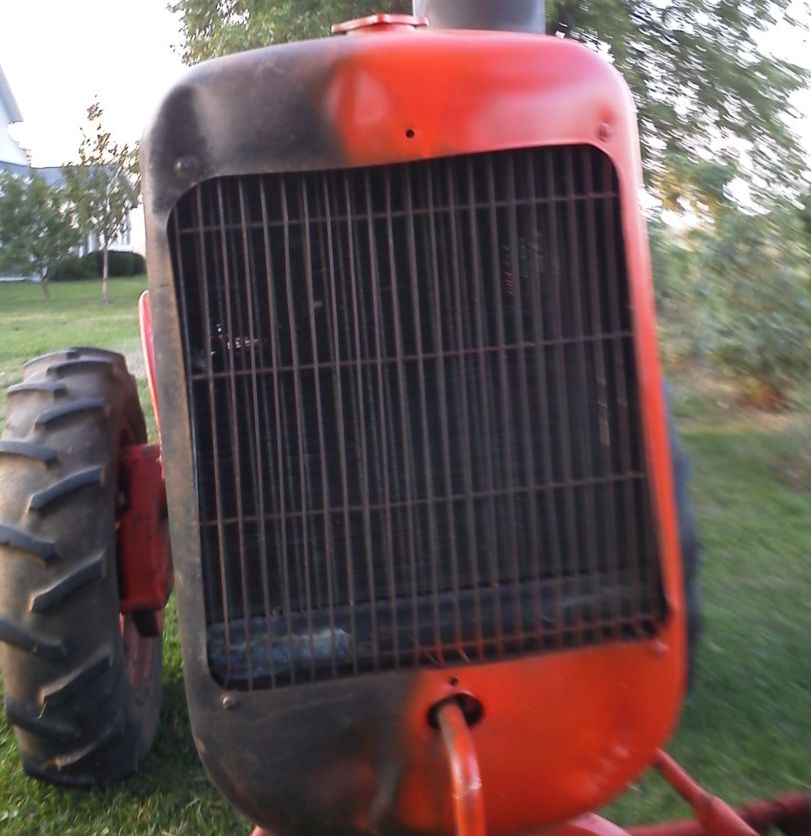The Mississippi River is, like any other river, subject to variation due to climactic conditions. If you look at satellite images of the LOWER Mississippi (from the confluence of the Ohio southward), an all it's tributaries, you'll notice that in most places there's a valley with a wide, flat bottom, into which the flowing channel weaves back and forth... the result of water and inertia cutting a zig-zag path, and along the way, there's oxbow lakes off the sides, where flooding cut across the ends of the meandering path. All natural hydrologic stuff resulting from the free-fall energy of water going downhill. The satellite images reveal big curvy colors... where the river USED to flow... now it's farm fields... and when the waterflow is high, that all becomes overflowed. There's lots of flow capacity in this valley- south of Memphis, the valley is over 30 miles wide in some places... there's darned few 'river towns' on the Lower Mississippi, because that wide watershed area has pushed away all the towns that humans attempted to build along the path. The few that remain, are up on hillsides at the edges of the valley.
The Missouri River flows the same way- uncontrolled... free-flowing, with only ONE control structure... a 'half-natural' one... and a lock just south of it's confluence with the Mississippi River... that'd be the Chain Of Rocks... a natural elevation 'dam' that extends all the way across the river at St. Louis. It is technically a rapids, and while one could 'technically' navigate over it at times, it isn't by any definition safe to do, and at most times of the season, one's success and survival would be extremely low. Instead, there's a canal cut through the farmland valley to the west, called "Chain Of Rocks Canal" that bypasses the rapids.
North of Chain of Rocks, there's 29 locks and dams that impound water sufficient for a minimum 9-foot channel 300ft wide navigation channel, and under most circumstances, navigation is possible with just a little dredging at areas that tend to silt in under low flow. Most of these locks and dams were built as part of the 9 Foot Channel Act, and the 'stair-stepping' which followed, not only inundated areas which were previously impassible at low water, they mitigated the rapids areas, where land elevation changes created rapids that were significant danger to river traffic.
Now, this was all about navigation, and it wasn't the FIRST attempt at providing navigation... previous channel acts used bypass canals and wingdams, and the earliest work was surveys for clearing snagged trees, rocks, etc., primarily as the result of extensive surveys by Meigs and Lee. Clearly the early attempts HELPED, but going to full locks had a profound effect up here. Most of the locks and dams were completed during the 30's, with the balance being finished within two decades later. One of the locks and dams has been replaced, and relocated about a mile from previous location... other than that, they're all the original builds.
The Illinois river has 8 locks and dams, and while it was actively impounded for many decades before, it was done so primarily for commerce serving the middle of Illinois... the cut-through to Lake Michigan had more nefarious backing... literally... it stunk. The City of Chicago dumped it's trash and sewage into the Chicago River, which flowed into Lake Michigan, and went... nowhere. During a flood, all that crap breached and contaminated their freshwater plants, so they resolved to 'cut through' to the Illinois River System, and thus, flow water out of Lake Michigan, through Chicago, down the Illinois, effectively making it their sewage main to New Orleans.
The Arkansas River Navigation System extends from the Mississippi at the White River/Montgomery Point Lock (and the hydroelectric dam it bypasses), up through Little Rock, to the far west corner of Arkansas, where it meets with the Verdegris River, up to the Tulsa Port of Catoosa... which happens to be one of the farthest inland international seaports on the planet. You won't see huge ships in there, but you'll see river tows. The navigation system is called the McKellan-Kerr system (MKARNS), and consists of 18 locks and dams that stair-step up the Arkansas River valley, again, primarily for commercial navigation... it's history is much more recent than the Upper Mississippi. I just got back from a trip down the Arkansas, where I was assisting in piloting an 80ft steel hull motorsailer from Catoosa to the White River confluence... and the water was low, but it was clear that on the south side of the Montgomery Point Lock, the conditions were significantly lower than expected. The motorsailer draws about 7ft, and on the MKARNS we were bumping bottom fairly frequently.
The Ohio is a huge beast, too, with an even LONGER history...
All these rivers, and the hundreds of tributaries, are low right now. It's been a dry summer. Typically gulf weather systems bring moisture from the south, and pacific patterns bring it over the Rockies. Some years more than others, this happens to be a 'dry' year. It isn't the lowest in recorded history, but it is low. Remember- we get insane floods, too!









 Topic Options
Topic Options

 Post Options
Post Options Thanks(0)
Thanks(0)



